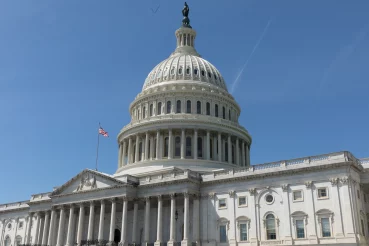On December 29th, 2022, President Biden signed into law the Setting Every Community Up for Retirement Enhancement (SECURE) 2.0 Act. The goal of Secure 2.0 is to build upon the 2019 Secure Act and expand retirement plan access to more workers.
Highlighted below are the main provisions of Secure 2.0, many of which go into effect in specific years, including ages at which IRA and other retirement plan distributions are required to commence:
Effective in 2023
- RMD Age Increase – required minimum distributions must begin at age 73. This applies only to those who are not currently taking distributions. Anyone currently taking RMDs must continue to do so.
- Reduced RMD Penalty – prior to Secure 2.0, the penalty for missing a required minimum distribution was 50% of the amount not taken. This is reduced to 25% in 2023 and further to 10% if the distribution correcting the error is taken “timely” (generally thought of as within 2 years).
- Automatic 401(k) Enrollment – employers with more than 10 employees that have been in business for over 3 years must automatically enroll employees in their 401(k) plan at a rate of 3-10%.
- SIMPLE and SEP Roth IRAs – Secure 2.0 allows SIMPLE and SEP IRAs to now have Roth options. Plans can also allow employees to elect Roth employer contributions.
- Emergency Savings – employers may allow workers to set up emergency savings accounts through automatic payroll deductions with a cap of $2,500.
Effective in 2024
- IRA Catch-Up Limit – for those age 50 or older, retirement plan catch-up contribution limits will be indexed to inflation.
- Company plan “catch-up” contributions must go to Roth accounts (e.g. Roth 401(k)) if one’s wages exceed $145,000.
- Unused 529 Plan Assets – any unused 529 education plan assets can be rolled over to a Roth IRA for the beneficiary. There is a $35,000 lifetime rollover limit (as well as yearly limits) and the 529 account must be at least 15 years old.
- Roth 401(k) RMDs – Roth 401(k)s no longer require distributions to be taken.
- Qualified Charitable Distribution (QCD) Limit – retirement account withdrawals that are transferred directly to charity still count toward one’s RMD, however the $100,000 annual limit will now be inflation-indexed.
- Waiving Penalties for Emergency Withdrawals – Secure 2.0 waives early distribution penalties under a variety of circumstances:
- $1,000 per year for general emergencies
- $10,000 per year in cases of domestic abuse
- No limit per year in the case of terminal illness
- $22,000 per year in federally declared disaster areas
In sum, Secure 2.0 builds upon many of the provisions of the Secure Act of 2019 while adding many additional measures for both retirement-savers and retirees. While the sheer number of changes may seem daunting, here at Joel Isaacson & Co., we are here to keep track of it all for you and ensure that your financial plan incorporates any opportunities that are created from this new law.
Should you have any questions, please do not hesitate to contact your Isaacson team.





